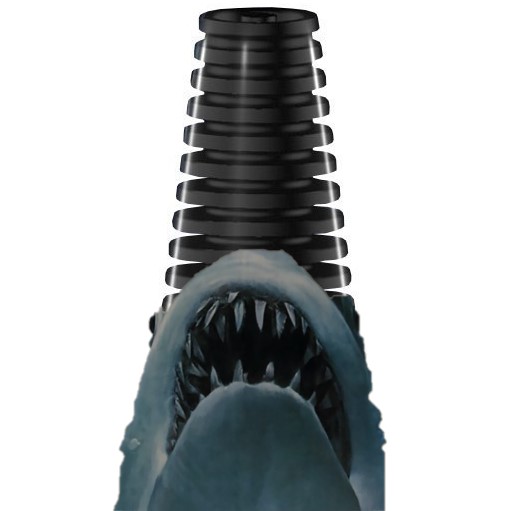Incredible, I started with a ZX81 (it was using a Z80) in 1981, then moved to a CPC6128 in 1984, still using a Z80, I learnt assembler on it, cracking games, etc, good memories :)
Greetings, fellow geezer! I had the ZX81 in kit form, which meant you had to solder on every single component yourself. I still have it in the basement somewhere.
I also had the kit, 495FF IIRC
Oh don’t worry, TI will find another decades old CPU to put into their overpriced calculators!
Wow. Spectrum, TRS-80, Pac Man. Legend.
Don’t forget about the MSX, Commodore 128, the Sega Mastersystem and the Gameboy (although that used a custom modified version of the Z80, but very similar)
The Z80 was a secondary processor in the C128. The main processor was the rival MOS8502, a descendent of the Z80’s main rival, the MOS6502.
The Z80 was included so that the C128 would be able to run CP/M software which was considered to be an important inclusion at the time.
CP/M was supplanted by the ubiquity of IBM-compatible PCs and MS-DOS, which is a shame considering that MS-DOS started life as something deliberately quick and dirty based heavily on the syntax of CP/M. The
dircommand? That’s from CP/M. The peculiar*.*wildcard syntax? Also from CP/M.Now, it’s true that CP/M took a lot of inspiration from Unix and similar, but it wasn’t trying to replace Unix. MS-DOS though? Arguably, it came to fill the same niche that CP/M already occupied. Except everyone was then on x86, not Z80.
Just got an Intel Z84 NUC so maybe that’s where the upgrade went
And all to cripple the russian’s war industry…!
I just ordered a few before the price goes way up in case I ever want to build anything with them.






